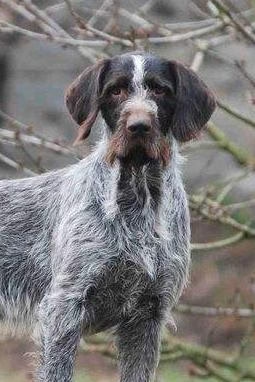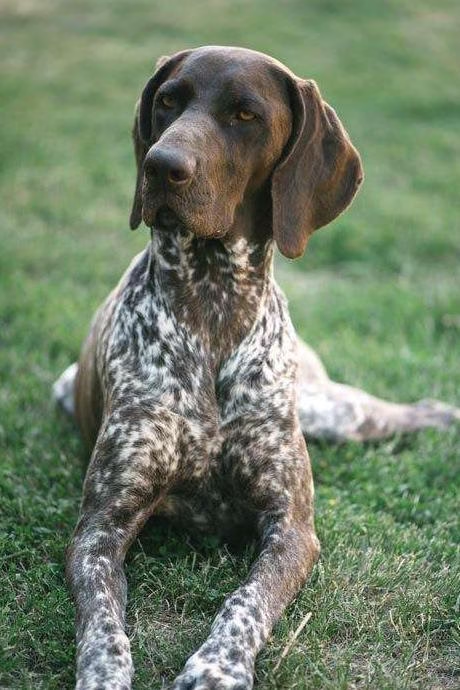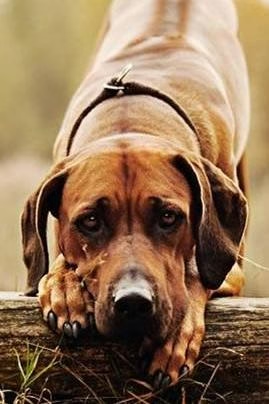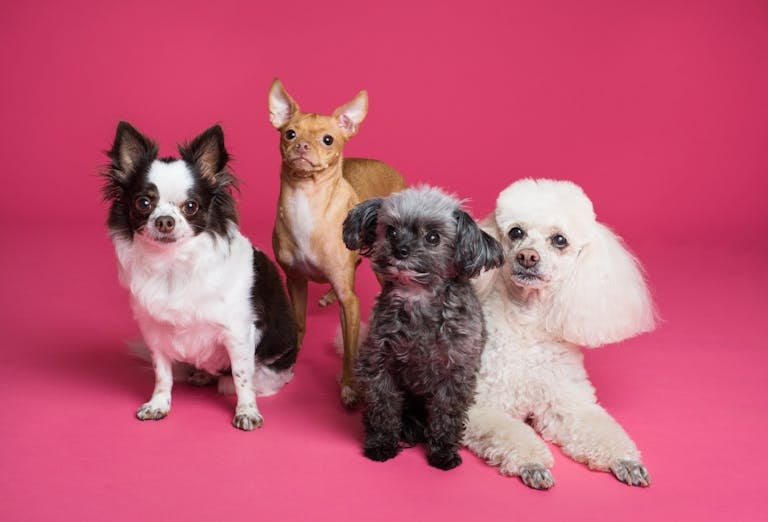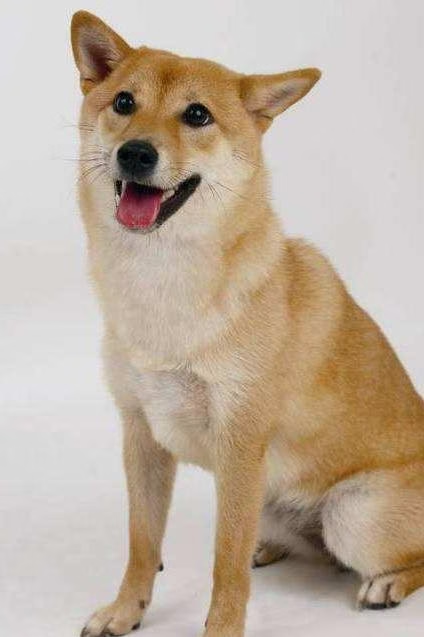Japanese Chin (Japan Dog)
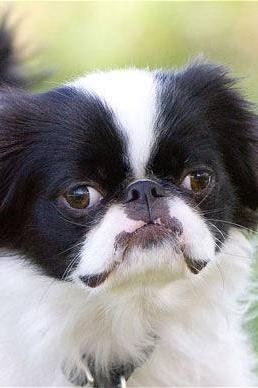
Japanese Chin
Japan
Basic Information
- Category: Pet Dog
- Origin: 23-25cm
- Body Type: Small-sized
- Height: 23-25cm
- Hair Length: Long-haired
- Lifespan: 12-13 years
Ratings
| Trainability | ⭐️⭐️⭐️ |
| Affection Level | ⭐️⭐️⭐️ |
| Barking Level | ⭐️⭐️⭐️⭐️ |
| Shedding Level | ⭐️⭐️⭐️ |
Breed Introduction
The Japanese Chin has a large, wide, and flat head. Its nose is wide and short with a noticeable bridge, aligned horizontally with the eyes. The black, shiny eyes are big and round, corresponding with the nose. It has two triangular ears covered in long, symmetrical fur that drops down, showcasing the beauty and cuteness of the breed. This dog has a square body, a short and raised neck, a short straight back, and rich, long, straight fur that hangs down like silk.
In the year 732, the Korean royal family sent the ancestors of the Japanese Chin (the Chinese Lhasa Hunting Dog) to the Japanese court, where this breed subsequently developed. In the 19th century, this dog was exported to America and England and has since become widely distributed due to years of selective breeding by breeders.
The Japanese Chin is elegant in stature, with a light and springy gait. It is tenacious, energetic, alert, and somewhat noisy. Loyal to its owner, it tends to be distrustful of strangers.
The Japanese Chin’s ancestral roots can be traced back to Chinese dogs, related to the Pug and Pekingese, as descendants of the Tibetan Hunting Dog, with a history dating back 2700 years. In the year 732, during the reign of Emperor Seimu, the Japanese Chin was brought from China to Japan, where it evolved into a fixed breed through years of hybrid breeding. At that time, it was very much adored by the Japanese royal family and the privileged classes.
In 1853, several Japanese Chins were brought back home by Admiral Perry, finally allowing Westerners to meet this elegant and delicate small dog. After arriving in America, the Japanese Chin was nearly driven to extinction by a viral infection. Currently, the population of Japanese Chins is on the rise in regions on both sides of the Atlantic. In the 19th century, they gradually entered Western Europe and the United States. It is speculated that British breeders hybridized the Japanese Chin with their own small dogs since it resembles the small dogs of King Charles.
Like all breeds with flat faces and cheeks, the Japanese Chin is prone to respiratory and heart issues. Since in Japan, the Japanese Chin is owned by nobility, in Europe and America, they also serve as companion dogs for the wealthy.

